Lin Zehui
Auto-weighting for Breast Cancer Classification in Multimodal Ultrasound
Aug 08, 2020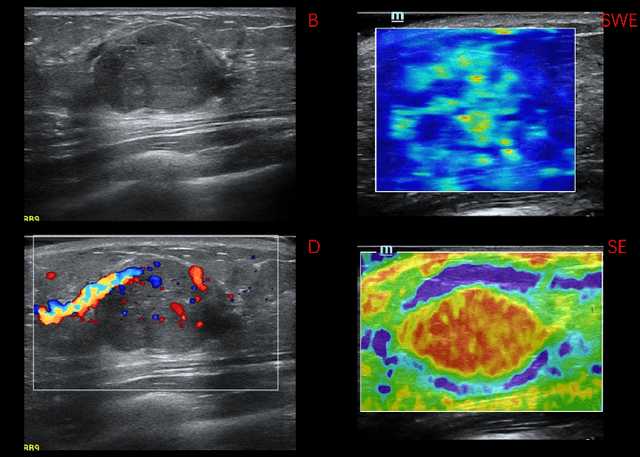

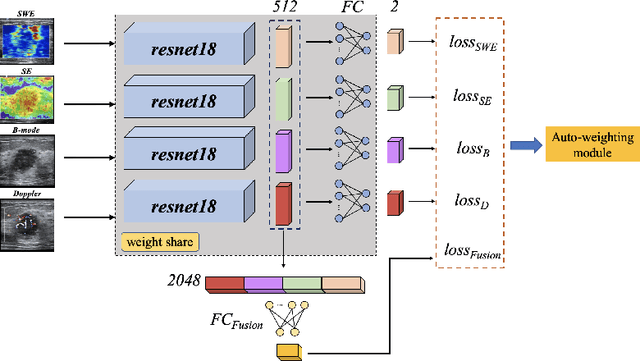
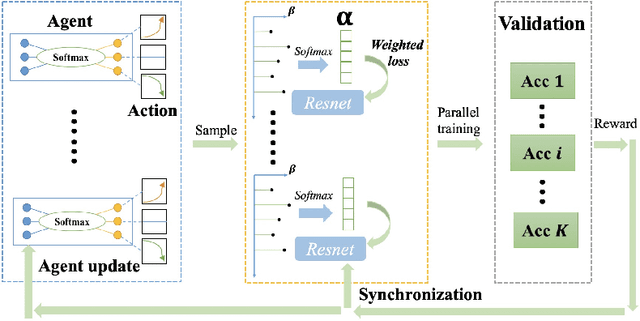
Abstract:Breast cancer is the most common invasive cancer in women. Besides the primary B-mode ultrasound screening, sonographers have explored the inclusion of Doppler, strain and shear-wave elasticity imaging to advance the diagnosis. However, recognizing useful patterns in all types of images and weighing up the significance of each modality can elude less-experienced clinicians. In this paper, we explore, for the first time, an automatic way to combine the four types of ultrasonography to discriminate between benign and malignant breast nodules. A novel multimodal network is proposed, along with promising learnability and simplicity to improve classification accuracy. The key is using a weight-sharing strategy to encourage interactions between modalities and adopting an additional cross-modalities objective to integrate global information. In contrast to hardcoding the weights of each modality in the model, we embed it in a Reinforcement Learning framework to learn this weighting in an end-to-end manner. Thus the model is trained to seek the optimal multimodal combination without handcrafted heuristics. The proposed framework is evaluated on a dataset contains 1616 set of multimodal images. Results showed that the model scored a high classification accuracy of 95.4%, which indicates the efficiency of the proposed method.
DropAttention: A Regularization Method for Fully-Connected Self-Attention Networks
Jul 26, 2019
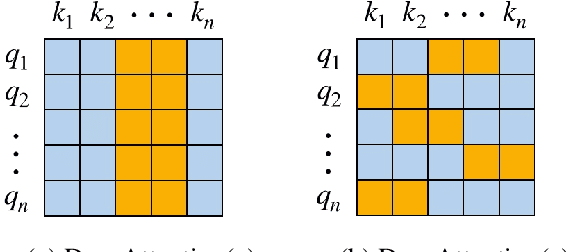
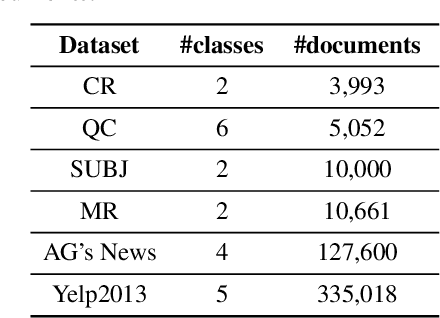

Abstract:Variants dropout methods have been designed for the fully-connected layer, convolutional layer and recurrent layer in neural networks, and shown to be effective to avoid overfitting. As an appealing alternative to recurrent and convolutional layers, the fully-connected self-attention layer surprisingly lacks a specific dropout method. This paper explores the possibility of regularizing the attention weights in Transformers to prevent different contextualized feature vectors from co-adaption. Experiments on a wide range of tasks show that DropAttention can improve performance and reduce overfitting.
 Add to Chrome
Add to Chrome Add to Firefox
Add to Firefox Add to Edge
Add to Edge